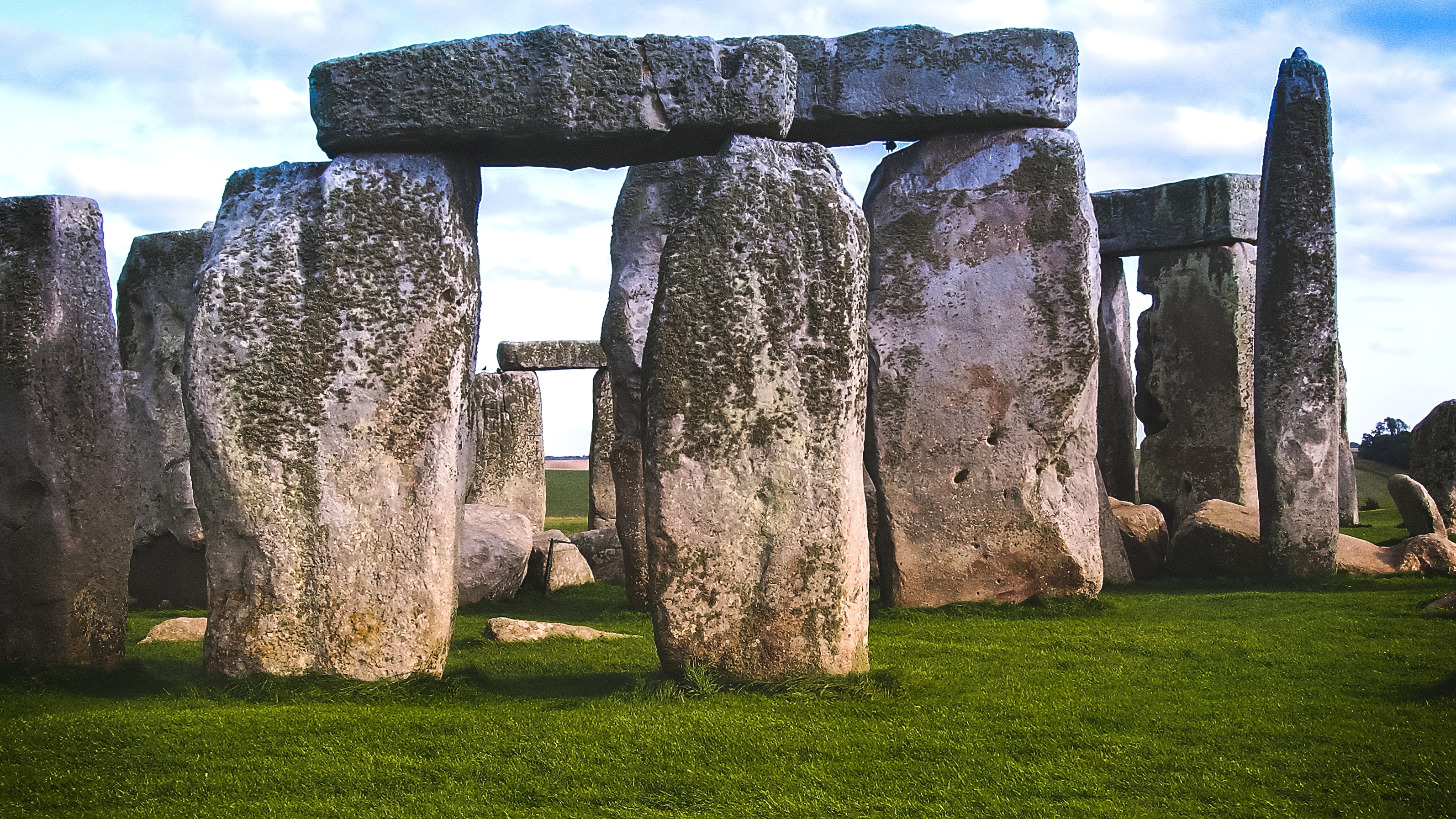Over the centuries, Stonehenge has captured the curiosity of scholars and mystics alike. This prehistoric stone monument holds a supernatural mystique, somewhat due to the sheer implausibility of its construction, especially with the technology available at the time. This mysterious history, paired with its astronomical significance, has made this enigmatic landmark an important site for spiritualists, especially the druid culture in Western England. While there’s still so much we don’t know about Stonehenge, get ready to dive into the fascinating facts that we do know: from the incredible engineering of the stones to the acoustic quality of the original site.
See Stonehenge up close and personal on Elegance of Great Britain
You may also like: These history experiences will expand your knowledge of the ancient world
STONEHENGE TOOK OVER A THOUSAND YEARS TO BUILD
Let’s start at the beginning. Stonehenge is thought to have been built 5000 years ago, making older than the pyramids of Egypt. Archaeologists think that construction started around 3,000 BCE, during the late Neolithic Age. It took a whole 1,300 years to build, initially starting as a circular ditch and bank and then evolving over centuries, with the massive stones added over time.
THE MYSTERIOUS MEGALITHS WEIGH UP TO 30 TONS
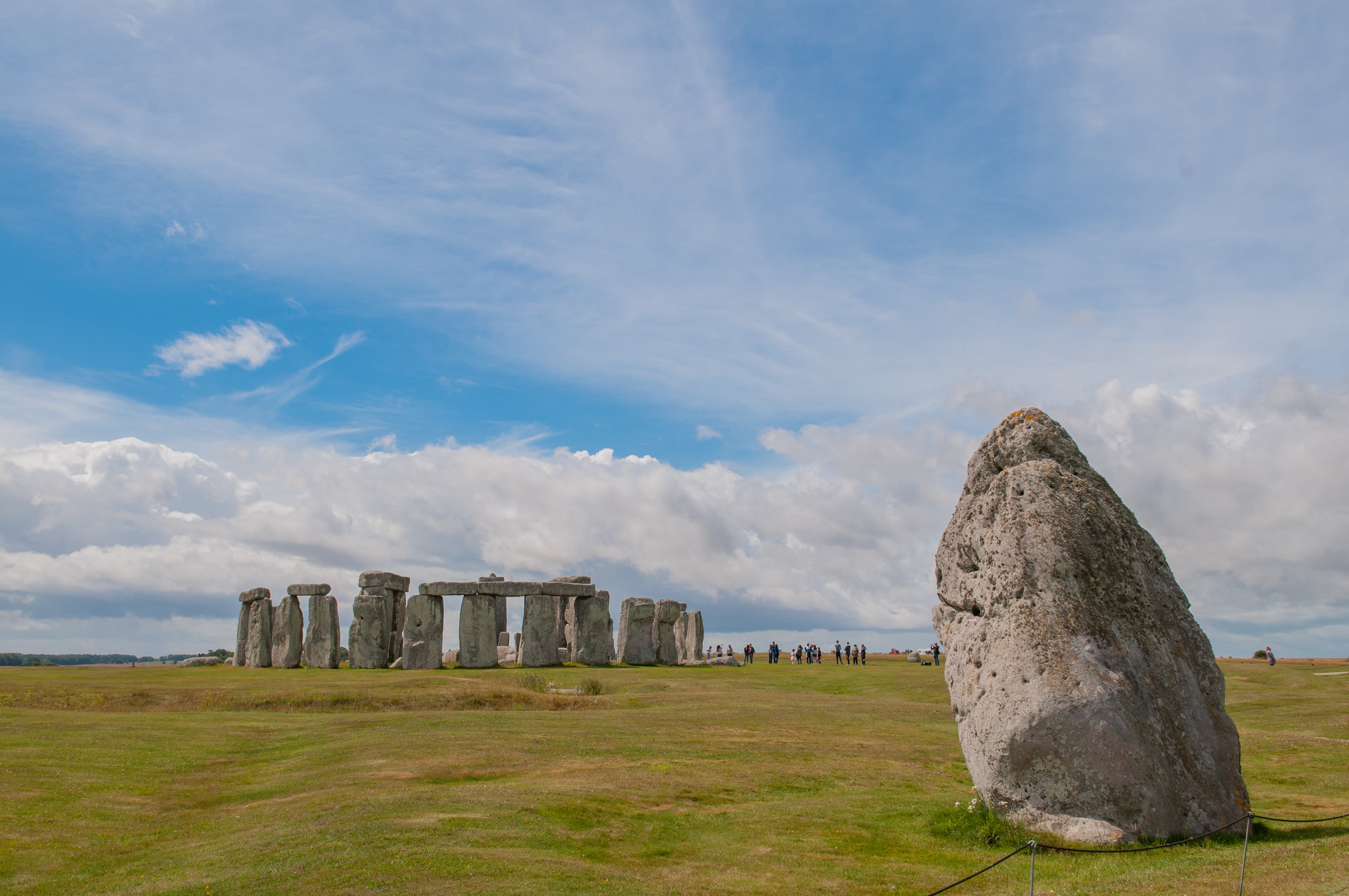
The enormous stones that make up Stonehenge, known as megaliths, weigh an average of 20 tons each. The heaviest – the Heel Stone, stands in isolation to the main circle, and weighs an incredible 30 tons. These huge stones, called sarsens, are accompanied by smaller bluestones, which weigh around 4 tons each. Neither are local to the area, with the sarsens coming from a quarry 20 miles away and the bluestones an massive 180 miles away. The notion that the rocks were transported from so far away is equally as impressive (and baffling) as the monument’s construction itself.
You may also like: Historic British sites that capture the imagination
NO-ONE KNOWS HOW IT WAS BUILT
STONEHENGE DISPLAYS INCREDIBLE FEATS OF ENGINEERING
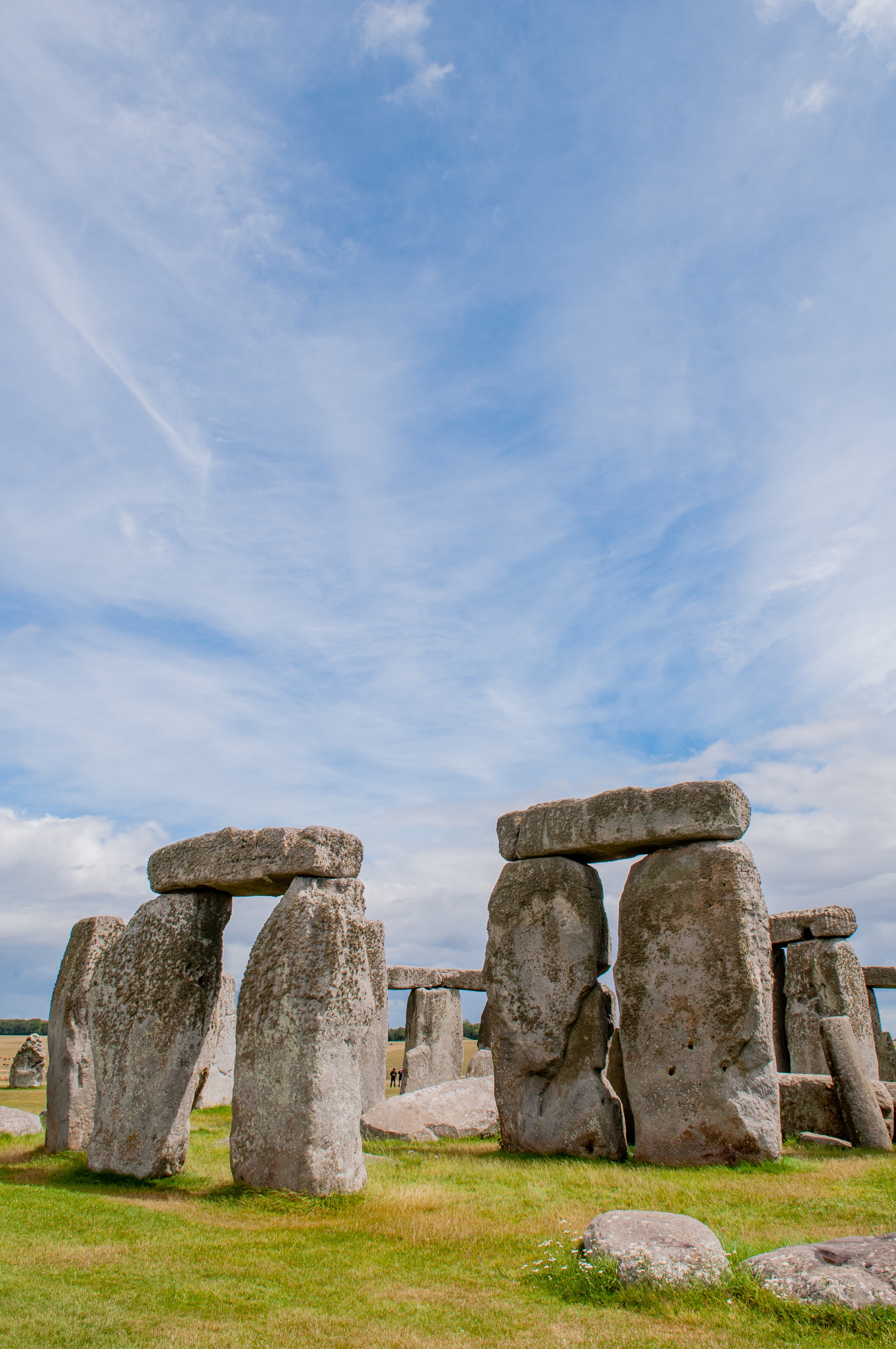
One of Stonehenge’s most curious features the placement of the enormous lintels on top of supporting sarsens. These are the horizontal rocks you see lying on top of two supporting megaliths, which together make a . Researchers have found hollow holes (mortises) burrowed into the horizontal lintels, and protrusions (tenons) carved into the two supporting slabs, which would fit together to secure the construction. As well as this, the lintels are remarkably level, suggesting they were specifically measured, carved, and placed to be so. Such techniques, typically only used in carpentry, are incredibly impressive for a Neolithic civilization.
You may also like: Gardening enthusiasts, here’s why visiting the Chelsea flower show is an absolute must
STONEHENGE WAS A SACRED BURIAL SITE
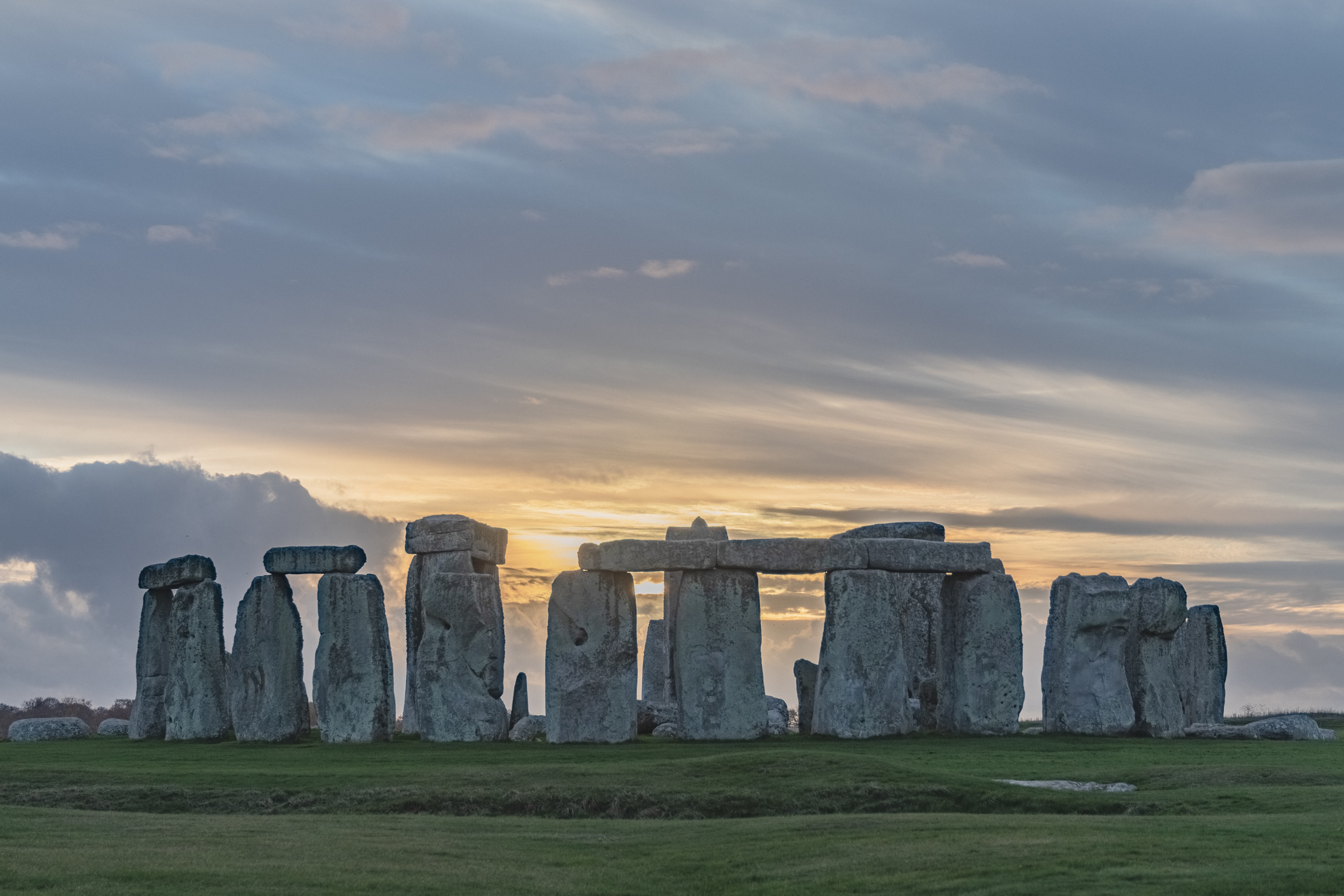
THE ORIGINAL SITE HAD INCREDIBLE ACOUSTIC QUALITIES
THE MONUMENT WAS BUILT TO ALIGN WITH THE SOLSTICE
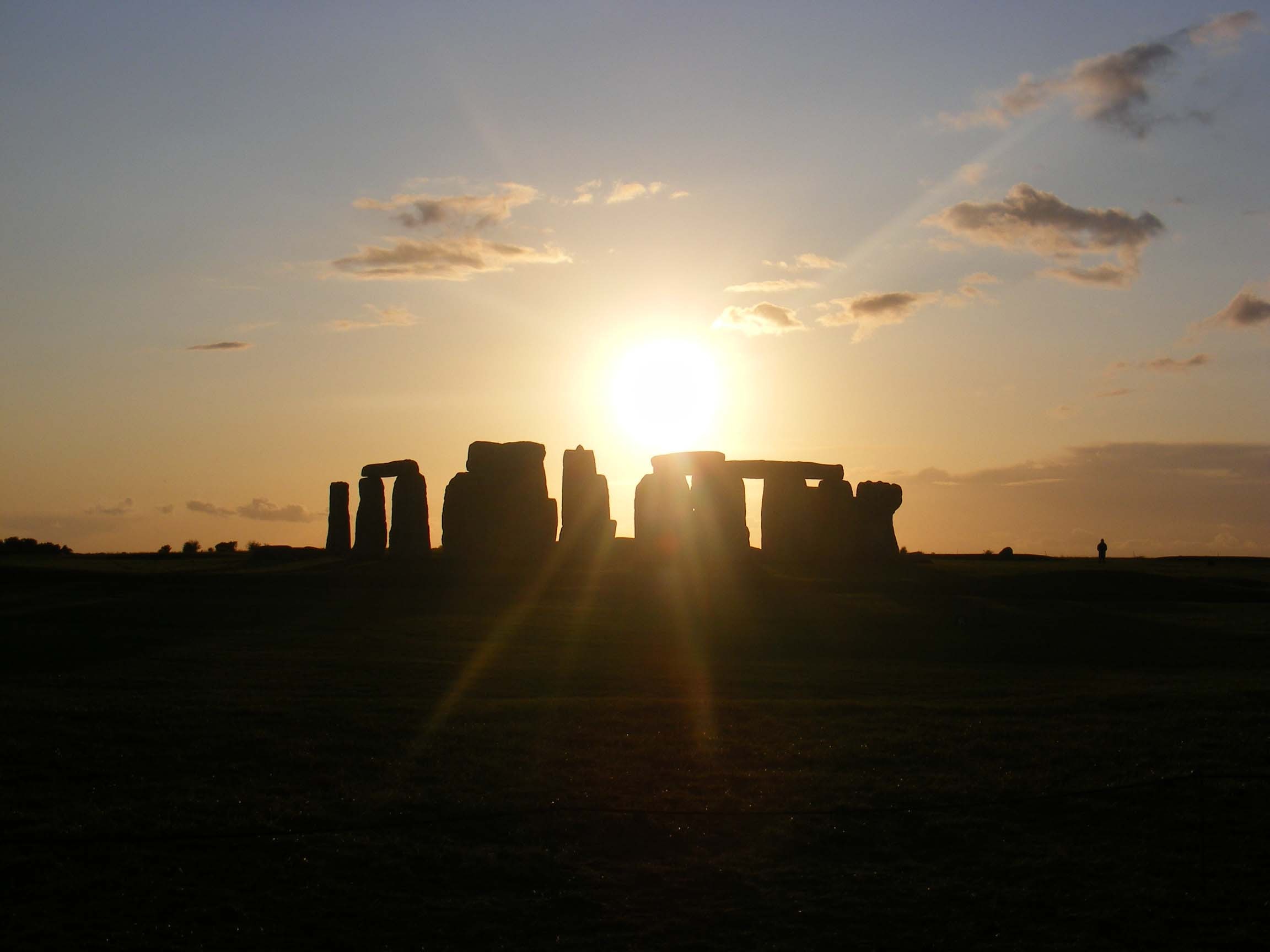
Stonehenge’s astronomical alignment remains one of its most remarkable features. During the summer solstice, the sun rises precisely over the Heel Stone and casts its rays into the center of the stone circle. And on the winter solstice, the sun sets in the exact same place. This suggests that our Neolithic ancestors built Stonehenge as a celestial observatory or a calendar. While nothing is confirmed, there are more theories about how the rest of the stones may have been positioned to align as an astronomical calandar.
This celestial significance has survived throughout the years. Today, thousands flock to Stonehenge to celebrate summer and winter solstice events. Many see it as a pilgrimage, and come to perform rituals, sing songs and dance together all night until the sunrise.
